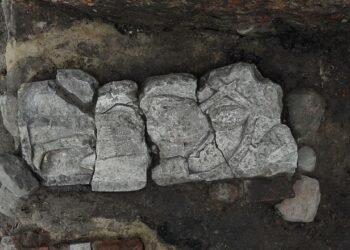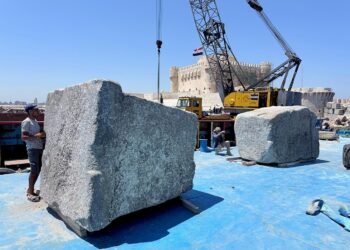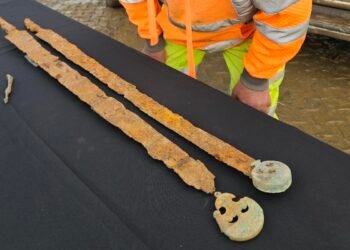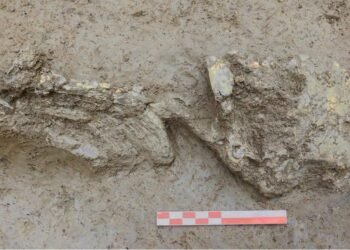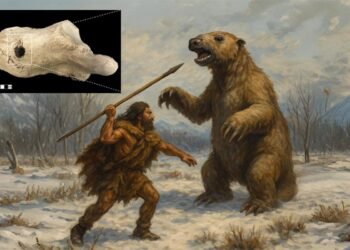The four Roman legionary fortresses in Bonn, Neuss, Xanten and Nijmegen still hold unexplored treasures of knowledge about the multifaceted life of the Romans on the Lower Rhine. The goal of a team led by archaeologist Prof. Dr. Jan Bemmann from the University of Bonn is to decipher these and preserve them for future generations of researchers.
The project is now receiving major support from the Academies Programme, which is jointly funded by the federal and state governments: As one of five newly funded long-term projects, it will receive around ten million euros for the next 18 years.
The LVR-LandesMuseum Bonn is the most prominent cooperation partner and also co-initiator of the project. The University of Nijmegen and the Ludwig Maximilian University of Munich are also closely involved.
In addition, there is close networking with museums and the office for preservation of archaeological monuments in the Rhineland (LVR-ABR). “The project operates at the interface of state-of-the-art digital research and cultural preservation,” says project leader Jan Bemmann from the Department of Prehistoric and Early Historic Archaeology at the University of Bonn.
“I warmly congratulate Jan Bemmann and his team for funding this project, which will conduct long-term research into the fascinating history of our World Heritage region,” emphasizes Prof. Dr. Andreas Zimmer, Vice-Rector for Research and Young Academics. “Especially the close networking with outstanding partners is a special feature of this project, which will provide today’s and future generations with important insights into past times that will radiate into the present.”
Comprehensive analysis of materials on legionary camps
Legionary camps, whose troops in the early imperial period still came from the Mediterranean heartlands, were a kind of microcosm of Rome. This can be seen well, for example, in the city-like military installations, the diet, or even the imports.
“And even though research is not starting from scratch, so far quite a lot can only be guessed at,” says Jan Bemmann, member of the Transdisciplinary Research Areas “Individuals and Societies” and “Present Pasts” and Principal Investigator at the Bonn Center for Dependency and Slavery Studies Cluster of Excellence at the University of Bonn.
“Thanks to modern geophysical prospection techniques and new remote sensing capabilities, the legionary camps that were more often considered islands in older research now present themselves as centers of a densely built-up and intensively used hinterland,” says Bemmann.
In addition, new scientific analysis allow insights into the dietary habits, health or mobility of the inhabitants. The materials on the legionary camps and their surrounding area, obtained in over 150 years of collecting and excavation work, are now to be completely analyzed scientifically for the first time.
The Academies Programme (Akademienprogramm)
The joint research program of the Union of the German Academies of Sciences and Humanities – the Akademienprogramm – serves to develop, secure and visualize our cultural heritage. It is currently the largest research program in the humanities and social sciences in Germany and is unique internationally.
It has been jointly financed by the federal and state governments since 1979/80. The contact for the program in North Rhine-Westphalia is the Academy of Sciences and Arts, based in Düsseldorf (www.akw.nrw).
MEDIA CONTACT:
Prof. Dr. Jan Bemmann
Pre- and Early History Archaeology
Phone +49 228 73-7325
Email: Jan.Bemmann@uni-bonn.de
Provided by University of Bonn



